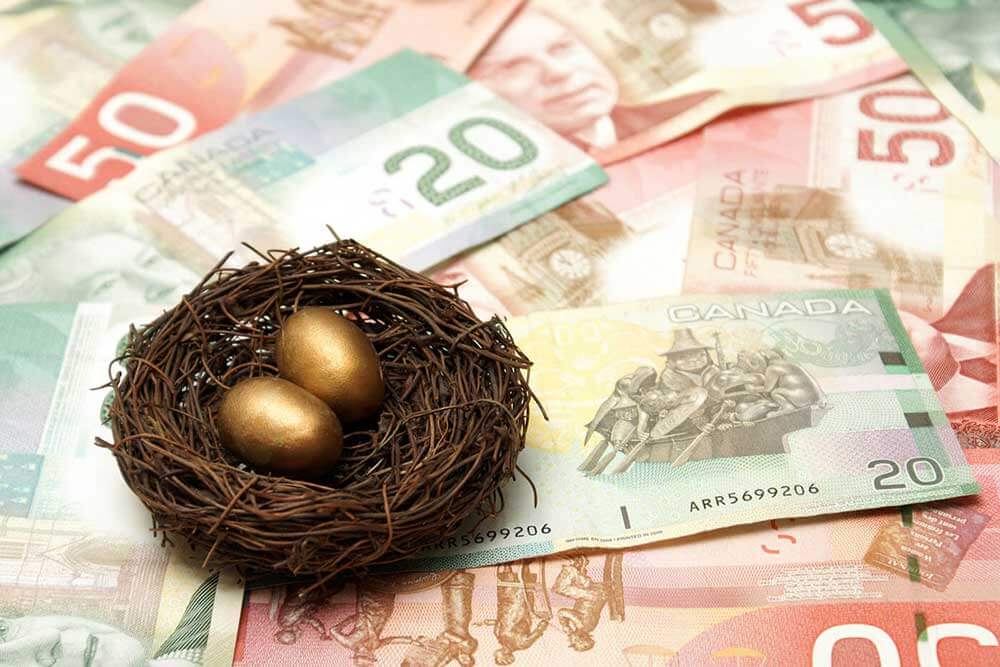In case you didn’t know, the
An RRSP is one of the best vehicles to save for your retirement, but many people have no idea how they work. If you’ve never looked into RRSPs, they can be a bit confusing, but there are a few “perks” that come with your account that you may not be aware of. Here are 5 things you need to know about your RRSP.
Your contribution limit grows and carries forward Your contributions are tax-deductible An RRSP may not always be the best choice Your RRSP can be used towards your first home You can continue your education with your RRSP
Your contribution limit grows and carries forward
You start earning RRSP contribution once you’ve started working, and you’ve filed your taxes. The contribution room is based on 18% of the income you made in the previous year, up to a maximum amount of $26,500 (as of 2020). It doesn’t matter if you’re a full-time employee or a freelancer, you earn that room regardless, as long as you file your taxes.
What’s great about your contribution room is that you don’t need to use it all up right away. Any unused contributions carry over indefinitely. This is an excellent option for people who don’t have any extra funds available to put towards their RRSP, or for people who are trying to maximize their tax strategy.
One thing to note: If you have a pension plan through your employer, your RRSP contribution room is lowered due to the pension adjustment. This isn’t a bad thing, it’s just meant to level the playing field for people who don’t have a pension.
Your contributions are tax-deductible
The reason Canadians love their RRSP is that any contributions made reduce your taxable income. For those in a high tax bracket, making contributions could put you in a lower tax bracket. Remember, there is a contribution limit as outlined above. The CRA does give you a lifetime excess contribution limit of $2,000, but if you go over that, you’ll pay 1% in tax per month on the cumulative excess contributions.
Once your money is invested within your RRSP, that money grows tax-free. That means you can sell your investments within your RRSP without having to pay any capital gains. That said, when you eventually withdraw the money from your account, it’s considered income and is taxed at your marginal tax rate.
An RRSP may not always be the best choice
Since RRSPs reduce your taxable income, if you’re in a lower tax bracket, using a
RRSP contribution room carries forward, so there’s no need to max it out right away. If you start to make more than $50,000 per year, then start contributing towards your RRSP. In an ideal world, you’d max out both every year, but that’s not possible for everyone.
Your RRSP can be used towards your first home
Usually, you’d have to pay taxes if you were withdrawing from your RRSP early, but not if you’re a new homeowner. The
The money withdrawn does need to be paid back over 15 years. So if you borrowed the entire $35,000, you’d have to repay $2333.33 each year after the first year of your purchase. If you miss a payment, you will pay tax on that amount.
You can continue your education with your RRSP
With the
If you do decide to withdraw money from your RRSP via the LLP or HBP, keep in mind that you’re missing out on the tax-sheltered growth had you left the money in. For some people, withdrawing the money is a must, but if you have extra funds available, you may want to leave your RRSP alone.
Barry Choi is a Toronto-based personal finance and travel expert who frequently makes media appearances. His blog
Money We Have is one of Canada’s most trusted sources when it comes to money and travel. As a completely self-taught, do-it-yourself investor with no formal training, he makes money easy to understand for all Canadians. His specialties include personal finance, budget travel, millennial money, credit cards, and trending destinations.
